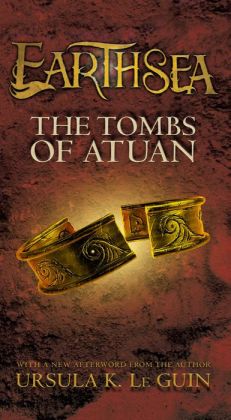Important Note: I’m linking this article to a blog post where Richard Stanley was accused of domestic abuse here. Obviously, this kind of behavior is horrific, and Stanley shouldn’t be working as a director. This note was added to this article on 03/24/21, but the rest of the article has been left untouched.
I got the chance to see Richard Stanley’s 2019 adaptation of The Colour Out of Space (Yes, Lovecraft intentionally spelled color that way for his story) on Wednesday (January 22nd). It was a ton of fun seeing the film with fellow Lovecraft fans, and afterward, my friends and I even did a little movie discussion at an H.P. Lovecraft inspired bar near us, J.B. Lovedrafts. We even saw a special version of the film that included a Q &A with some of the cast and the director.
Since more people seem to watch videos over reading reviews these days, I thought this was a good opportunity to try my hand at a YouTube review. The experience was fun, but I have a lot to learn about presenting a spoken review in front of a camera. I forgot to mention two cool observations, and I didn’t feel I was always as coherent as possible, but I think I still got most of my points across. I also forgot to ask for people who saw the film that hadn’t read the original story to let me know how they felt the film was because I am interested in a non-Lovecraft fan’s perspective.
SPOILER WARNING FOR EVERYTHING BELOW!
If you’re interested, here are the two points I didn’t touch on in the spoiler section that I wanted to. I really liked how the color seemed to affect the members of the family differently. Cage’s character is haunted by a horrible smell, and I loved that particularly because I thought it was probably a reference to the Dunwich Horror, where there’s a line that goes, “as a foulness, ye shall know them,” referring to identifying evil, ancient entities. Also, as my friend Tom pointed out, Lavenia’s character spends most of the film trying to leave the Gardner farm, and at the end of the movie, the color may have granted her wish and teleported her to another world.




 Yesterday, I finished my third book of the new year. I enjoyed John Langan’s short story collection,
Yesterday, I finished my third book of the new year. I enjoyed John Langan’s short story collection,  A Wizard of Earthsea is my favorite fantasy book, not written by J.R.R. Tolkien. It was only a matter of time before I read the sequel, The Tombs of Atuan. I went into the book cautiously because I’d heard that the narrative changed the protagonist and took a while to get going. While this is true, the new female protagonist, Tenar, is just as interesting as the last, Ged. Ursula K. Le Guin manages to tell a tale that feels like the other side of A Wizard of Earthsea’s coin. Each book follows a young protagonist finding their place in the world and coming to terms with their own agency and identity. Ged’s journey is about confronting his own potential evil, while Tenar’s is about confronting her own potential good. She’s raised as a priestess of the Nameless Ones, gods who demand sacrifice and darkness. Early in the novel, Tenar accepts the religion that kidnapped her without hesitation and is empowered to decide the fate of trespassers. She’s haunted by her decision through most of the novel. When Ged, the protagonist from the first Earthsea novel, is trapped and at her mercy, she must confront the lies of her religion and the lies she’s told herself. Tenar is a character sheltered by her way of life, and her struggle to confront that way of life is the crux of the novel. Ultimately, The Tombs of Atuan is just as entertaining, enlightening, and powerful as A Wizard of Earthsea. I can’t wait to read the next installment, The Farthest Shore.
A Wizard of Earthsea is my favorite fantasy book, not written by J.R.R. Tolkien. It was only a matter of time before I read the sequel, The Tombs of Atuan. I went into the book cautiously because I’d heard that the narrative changed the protagonist and took a while to get going. While this is true, the new female protagonist, Tenar, is just as interesting as the last, Ged. Ursula K. Le Guin manages to tell a tale that feels like the other side of A Wizard of Earthsea’s coin. Each book follows a young protagonist finding their place in the world and coming to terms with their own agency and identity. Ged’s journey is about confronting his own potential evil, while Tenar’s is about confronting her own potential good. She’s raised as a priestess of the Nameless Ones, gods who demand sacrifice and darkness. Early in the novel, Tenar accepts the religion that kidnapped her without hesitation and is empowered to decide the fate of trespassers. She’s haunted by her decision through most of the novel. When Ged, the protagonist from the first Earthsea novel, is trapped and at her mercy, she must confront the lies of her religion and the lies she’s told herself. Tenar is a character sheltered by her way of life, and her struggle to confront that way of life is the crux of the novel. Ultimately, The Tombs of Atuan is just as entertaining, enlightening, and powerful as A Wizard of Earthsea. I can’t wait to read the next installment, The Farthest Shore.




